Renaissance means rebirth. But it was much more profound than a one-dimensional resurrection of the ancient West.
Much medieval thought was still in place. Many people still saw the universe as populated with levels of angels above us and beasts below. and Unified Christendom was still an ideal that many people fought for. But increasing numbers of people were questioning these old ideas of a unified system of symbolic meanings under God. The French writer Rabelais said that a color is just a color, and the Reformation was in full force. Multiple views of the world were side by side, and this gave art and language a lot of depth.
Erich Auerbach, a stellar scholar of Western literature, wrote that Renaissance drama had many more settings and characters than ancient Greek drama did. Perspectives of the world were expanding. No other period mixed so much of the classical, medieval and modern at the same time.
Kierkegaard and Nietzsche admired the Renaissance for its emotional intensity. They thought the modern period was more mechanical and emotionally muted.
So here’s a list of places where you can dive into the Renaissance in its full glory.
1. Florence, Italy. No surprise–more Renaissance per square mile than anywhere else, with the possible exception of Venice. This place will require a separate post.
2. Venice, Italy. Venice had its own approach to painting–more oriented to color than 3 dimensional line drawing. Giovanni Bellini, Titian and Tintoretto were its three greatest painters. The city is also full of architectural gems that mixed classical forms.
3. The Globe Theatre, London, England. Shakespeare’s language is a miracle. S.T. Coleridge said he read him daily since the age of ten and always learned new things. To hear it as close to where it was originally performed as you can get is a spiritual experience.
4. Pisa, Italy. The good folks of Pisa were in competition with Florence for commercial dominance and cultural prestige. Forget the leaning tower and linger in the cathedral and baptistery.
5. Ferrara, Italy. The d’Este family was one of the greatest patrons of art in the 16th century. Ariosto lived there, and the city had its own style of painting.
6. Rome, Italy. No brain-er. Separate post on highlights coming soon. Please make sure you savor the 12 frescos in the lower part of the Sistine Chapel before you gawk at the ceiling. They were done about 20 years before. Then survey Michelangelo’s Last Judgment, which was done 20-30 years after the ceiling. In this one room, you can see Renaissance painting evolve through 3 great periods.
7. Nuremberg, Germany. Nuremberg was a prosperous city of merchants, who imported some of the Italian Renaissance and mixed it with their own traditions. The great painter Albrecht Durer mastered and blended both. You can tour his home.
8. Augsburg, Germany. Another southern German city that was a crossroads between Italy and the north. The Fugger bankers lived here and Martin Luther stayed here.
9. Vicenza, Italy. A feast of buildings designed by Palladio.
10. Milan, Italy. Di Vinci’s Last Supper, the Brera Museum, and the Sforza Palace make Milan one of the greatest Renaissance treasure chests.
11. Fontainebleau, France. King Francois I imported the Italian Renaissance to France.
12. Antwerp, Belgium. Antwerp replaced Florence and Venice as the financial capital of Europe in the mid 16th century–until the Spanish destroyed it in 1576. It also sustained bombing damage in WWII, but there’s still enough to remind you of its past glory.

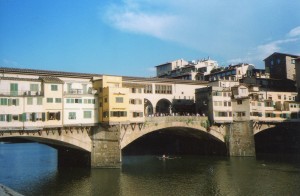
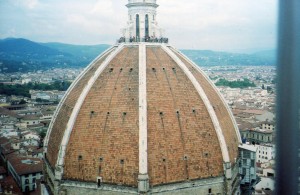
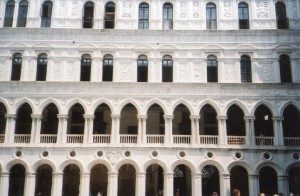
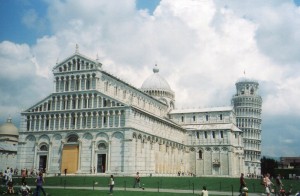
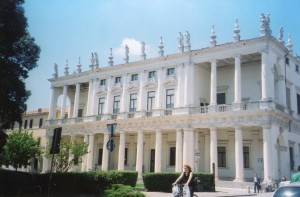
Comments on this entry are closed.